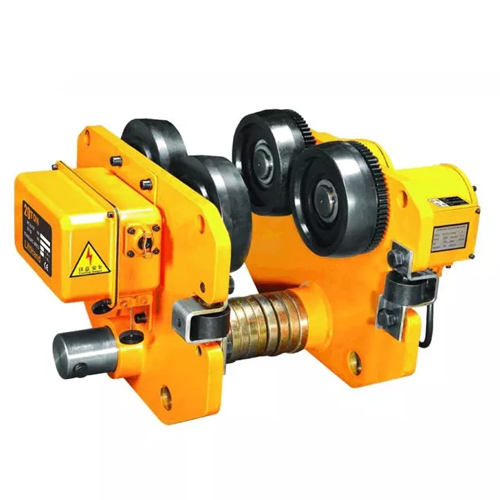Home >>Electric Trolley

A trolleybus (also known as trolley bus, trolley coach, trackless trolley, trackless tram – in the 1910s and 1920s – or trolley) is an electric bus that draws power from dual overhead wires (generally suspended from roadside posts) using spring-loaded trolley poles.
An electric trolley, also known as an electric tram or streetcar, is a type of public transportation vehicle that runs on tracks embedded in city streets. It is powered by electricity, which is usually supplied through overhead wires or an electrified third rail.
The concept of electric trolleys dates back to the late 19th century when advancements in electric power systems made it feasible to replace traditional horse-drawn carriages and cable cars with electrically operated vehicles. Electric trolleys offered several advantages over their predecessors, including faster speeds, reduced dependence on animal power, and a smoother, quieter ride.
Key features of an electric trolley include:
Electric Motor: The electric trolley is equipped with an electric motor that drives the wheels and propels the vehicle forward or backward.
Overhead Wires or Third Rail: To power the electric trolley, it draws electricity from either overhead wires (catenary system) or an electrified third rail located alongside the tracks.
Tracks: Electric trolleys run on tracks embedded in the streets or dedicated rights-of-way. The tracks guide the trolley along its route and provide stability to the vehicle.
Passenger Carriage: The passenger carriage of an electric trolley can vary in size and design but typically accommodates multiple passengers, offering a means of public transportation within cities or urban areas.
Electric trolleys were once widespread in many cities worldwide, providing an essential mode of public transportation. However, with the rise of automobiles and buses, the popularity of electric trolleys declined during the mid-20th century. Many cities dismantled their streetcar systems in favor of more flexible transportation options.
In recent years, there has been a renewed interest in electric trolleys and streetcars as cities seek sustainable and efficient public transportation solutions. Some cities have restored or introduced modern electric streetcar systems as part of their urban revitalization efforts, promoting public transit, reducing traffic congestion, and lowering greenhouse gas emissions.
Overall, electric trolleys continue to serve as an important part of transportation history, and their legacy persists in various urban transit systems worldwide.
©Copyright 2022-2023 Joyous Industries All Rights Reserved. Vyapar Infotech